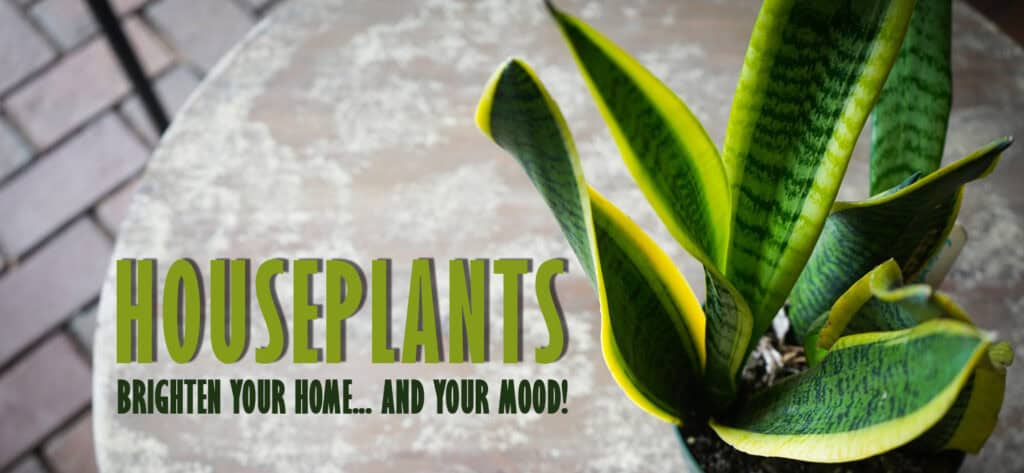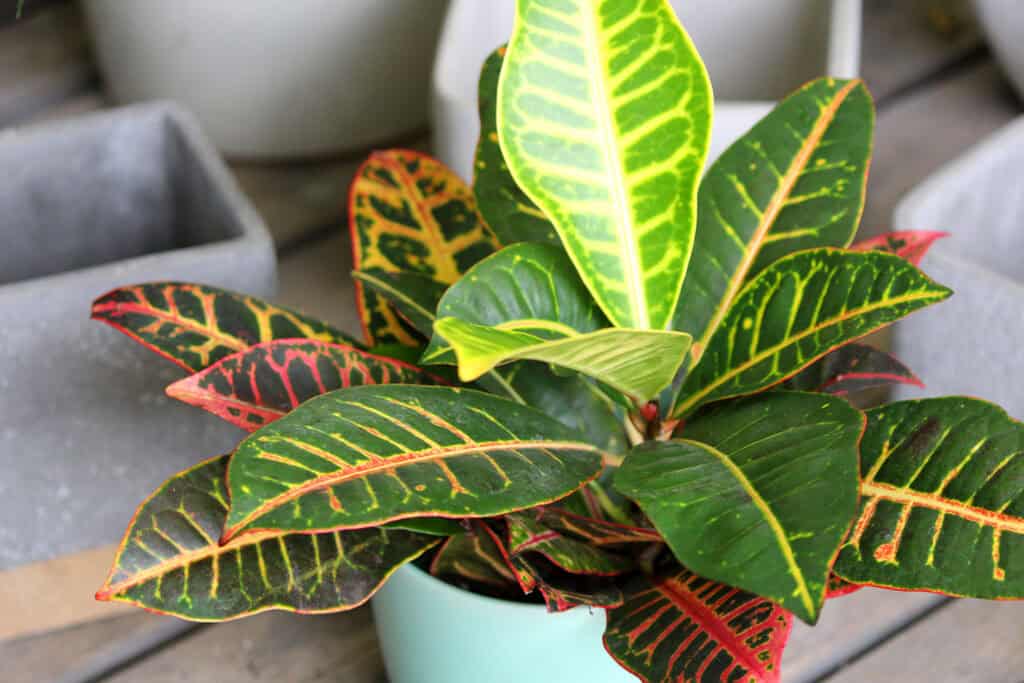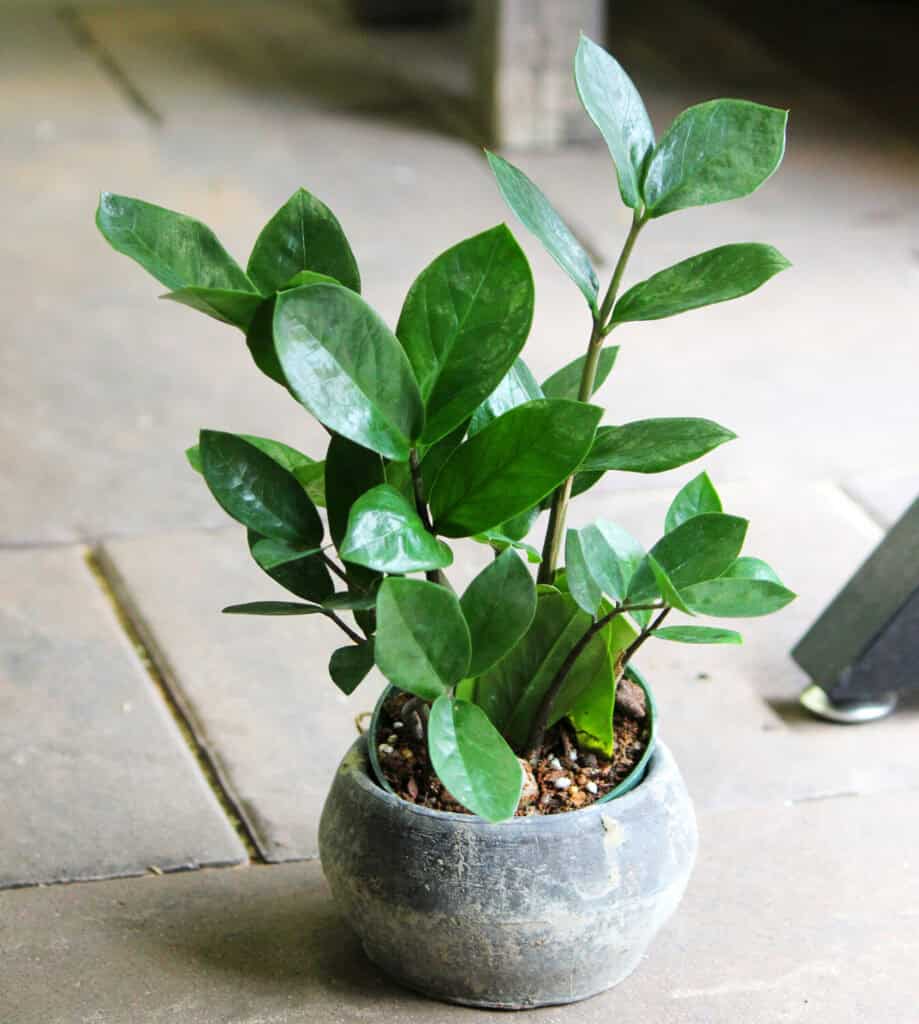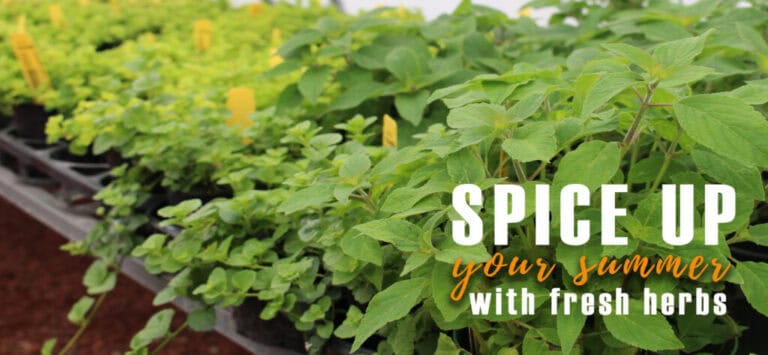Houseplants: Brighten Your Home… and Your Mood!
By Vande Hey | October 21, 2020

The weather is cooling and, for many of us, we find ourselves moving increasingly toward indoor hobbies and activities. If you’re an avid gardener, though, this can be a tough transition that leaves you itching to dig in the soil, quietly nurture your garden, and watch your plants grow and thrive. A growing trend in home decor (and rightfully so) has been houseplants: they’re a perfect way to get your gardening fix, and bring a wealth of health benefits to your home!
Did you know that including living plants in your home’s decor improves your air quality, minimizes headaches, reduces fatigue and eases dry skin during the winter months? Additionally, for anyone struggling with SAD (Seasonal Affective Disorder) houseplants can improve your mood, relieve stress and anxiety, and provide a calming effect through tangible interaction. All of these benefits come down to one simple concept: biophilia. Simply put, plants make us feel good! When we are out in nature, surrounded by plant life, or just in a room with living plant material, we are more happy, content, and relaxed. All the reason to introduce a bit of fresh greenery to your home! Houseplants are becoming increasingly popular and there are more varieties available than ever before. Below is a quick guide to a few of our favorites; be sure to stop in to our garden center to check these out in person, along with a wide selection of other varieties, and bring that positive biophilia home with you for the long winter!

Pilea- Pilea peperomioides is an easy to care for, cute little plant that’s been growing in popularity quickly. Native to Asia, its generally considered to be an easy-going plant, preferring medium to bright indirect sunlight. Water your pilea every one to two weeks, depending on how bright of light its in, and making sure it dries out in between waterings. Dry, curled leaves indicate too little water, while yellow leaves and black stems indicate too much. Your pilea will also produce “pups” or “babies” on its own, which will pop up in the surrounding soil!

2. Spider Plants– A long-time houseplant staple, spider plants are making a comeback in the design world! These hardy hanging plants aren’t fussy, and can survive in a variety of conditions. A perfect spot for your spider plant is in bright, indirect sunlight, but they can tolerate a lower light setting, too. Water well during during the summer months, then cut back through the winter and mist occasionally year-round. Spider plants prefer fast-draining, well-fertilized soil, particularly during the summer months. Make sure to watch out for pests, though: spider mites, mealybugs, aphids and whiteflies can be attracted to spider plants!
One of the fun and unique attributes of this plant is how easy it is to propagate. Simply remove one of the small plantlets and place it in soil, then watch to ensure that it grows roots. Its a quick and easy gift, and one that’s easy to care for!

3. Croton– With its colorful foliage, the croton is a gorgeous accent plant for your home. Your croton will do best in a sunny location, with regular misting. If you notice that its new growth is dull in color and vibrancy, move it to a sunnier spot: this is a sign that its not getting enough light. Keep the soil evenly moist but not wet, and allow to dry a bit in between waterings. Crotons tend to attract dust, so you’ll want to wipe its foliage with a damp rag occasionally!

4. Zamia-Fully named “Zamioculas Zamiifolia” and often referred to as “ZZ”, this popular houseplant has a modern look and is easy to care for. The Zamia plant can tolerate low to bright, indirect light levels, and prefers to dry out in between waterings. Its a perfect plant for beginners, and is very forgiving if you forget a watering or two! The Zamia’s foliage can be considered toxic, though, so you’ll want to keep it away from curious pets or small children.

5. Sansevieria- Often called “Snake Plant” or “Mother-in-Law Tongue”, this hardy houseplant is one of the easiest to care for and, with its vertical shape, one of the easiest to incorporate into your space. Sansevieria will thrive best in bright light, but are well known to tolerate dim rooms with very low light, too. These plants prefer to dry out in between watering; one of the most common mistakes, in fact, is overwatering and root rot. As your sansevieria grows, you’ll want to continually rotate it to ensure that it is growing evenly (they tend to arch toward the light, so you can end up with a heavily leaning plant!). Sansevieria come in many varieties and sizes and tend to be slow growing, making them a great fit for just about any home or office!
Stop in at our garden center to check out these outstanding houseplants, plus plenty of others! Our knowledgeable staff is here to help you select the perfect plants for your needs and get you started on the right foot!



